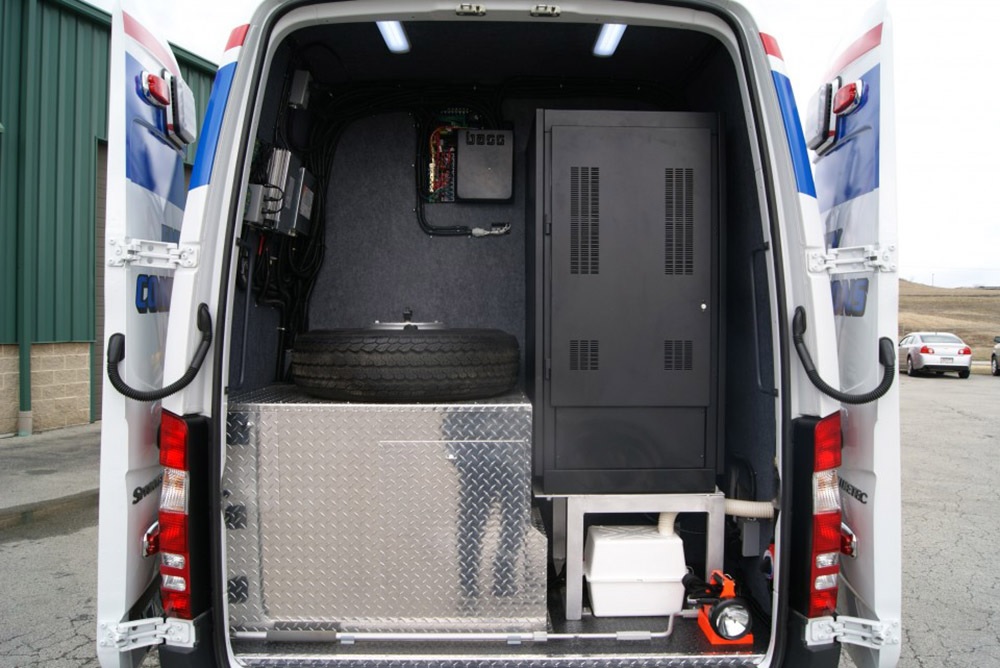
The global market for rheumatoid arthritis treatments is expected to grow at a CAGR of...
Learn More
Our consulting solutions address company specific challenges with respect to micro environment...
Learn More
Organizations frequently need day-today research guidancein order to gain strategic...
Learn More
Exploring different areas of market research and market analysis is a key factor...
Learn MoreAcute Market Reports presents the most extensive global business research services across industries. Our research studies focus on potential outcomes, benefits, and risks associated with each market segment across geographies. Having served our global clients for more than 10 years, our prime priority is to enable our clients in making well-informed business decisions through a data-driven, analytical, and uncomplicated research approach.
We provide access to the world's most comprehensive, analytical, and updated business intelligence services and solutions.




The polyurea coatings market is on track to experience remarkable growth, with an expected CAGR of 9.5% during the forecast period from 2025 to 2033. This growth is attributed to a convergence of factors that have shaped the market landscape. The mar...
Read More
The emergency communication vehicle market is expected to grow at a CAGR of 6.5% during the forecast period of 2025 to 2033. Emergency communication vehicles (ECVs) are specialized mobile units equipped with advanced communication technologies, desig...
Read More
The vinyl sulfone market is expected to grow at a CAGR of 3.5% during the forecast period of 2025 to 2033, driven by key factors reshaping the industry landscape. The industry's growth is propelled by the expanding applications of divinyl sulfone, ph...
Read More




